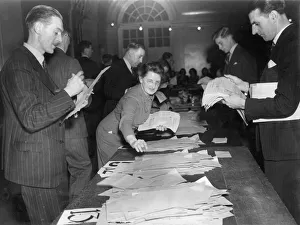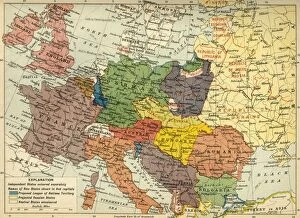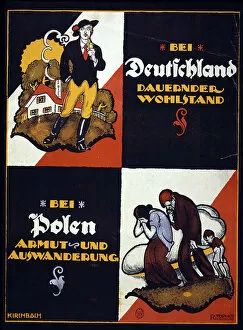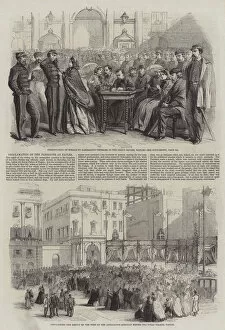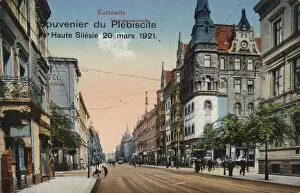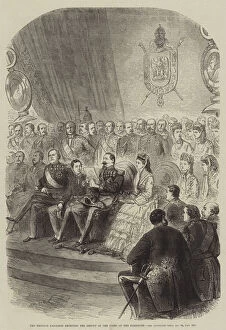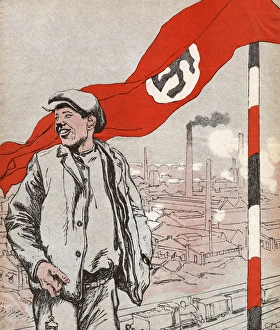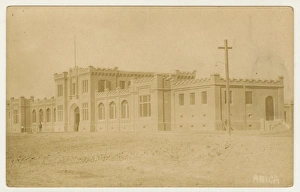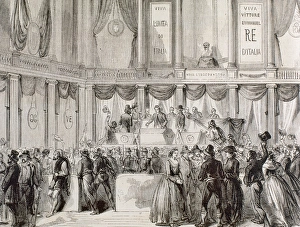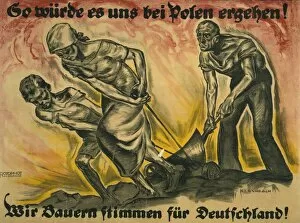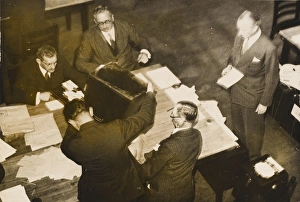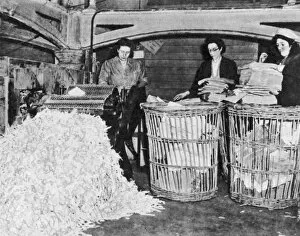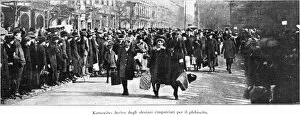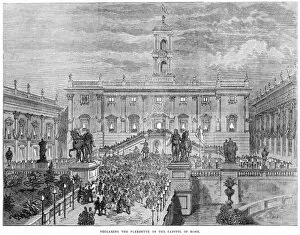Plebiscite Collection
A plebiscite, a term derived from the Latin word "plebis scitum" meaning "a decree of the common people, " has played a significant role in various historical events
All Professionally Made to Order for Quick Shipping
A plebiscite, a term derived from the Latin word "plebis scitum" meaning "a decree of the common people, " has played a significant role in various historical events. One such instance was the Silesia Plebiscite, where residents voted to determine whether this region should belong to Germany or Poland. This decision had far-reaching consequences for both nations. Another notable example took place in 1948 when citizens participated in a plebiscite on the National Health Service Act. This crucial vote shaped the future of healthcare in Britain and marked a milestone towards providing accessible medical services for all. Moving across borders, Ancona's Piazza del Plebiscito stands as an iconic symbol of democracy and unity in Italy. The square witnessed countless gatherings and celebrations during important moments throughout history. The Partition of Europe under Treaties of Paris in 1919 showcased how plebiscites were utilized to redraw national boundaries after World War I. These decisions affected millions of lives as countries like Germany reoccupied Saar or promoted propaganda campaigns like Fritz Gottfried Kirchbach's anti-Polish poster aiming to sway voters' opinions. Propaganda posters also played their part during the Upper Silesian plebiscite between Weimar Germany and Poland mandated by the Treaty of Versailles. These colorful lithographs aimed at influencing public sentiment by promising prosperity if voting for one side while warning against poverty if choosing another. Engravings depicting various scenes capture historic moments when results were declared, be it Paris, Rome, Naples, or even France itself. French politicians carefully considered these outcomes that would shape their nation's destiny through democratic processes like plebiscites. Throughout history, plebiscites have been instrumental tools used to gauge public opinion and make critical decisions affecting nations' futures. Whether determining territorial borders or shaping social policies like healthcare access, these democratic exercises allow individuals to voice their preferences and shape the course of history.


